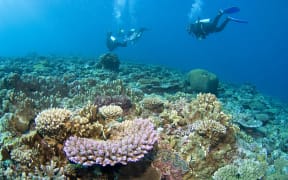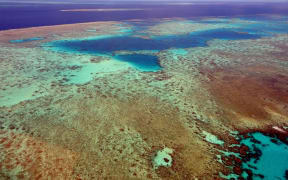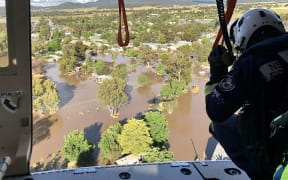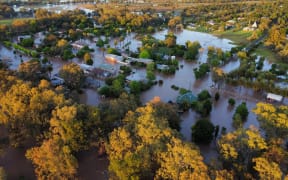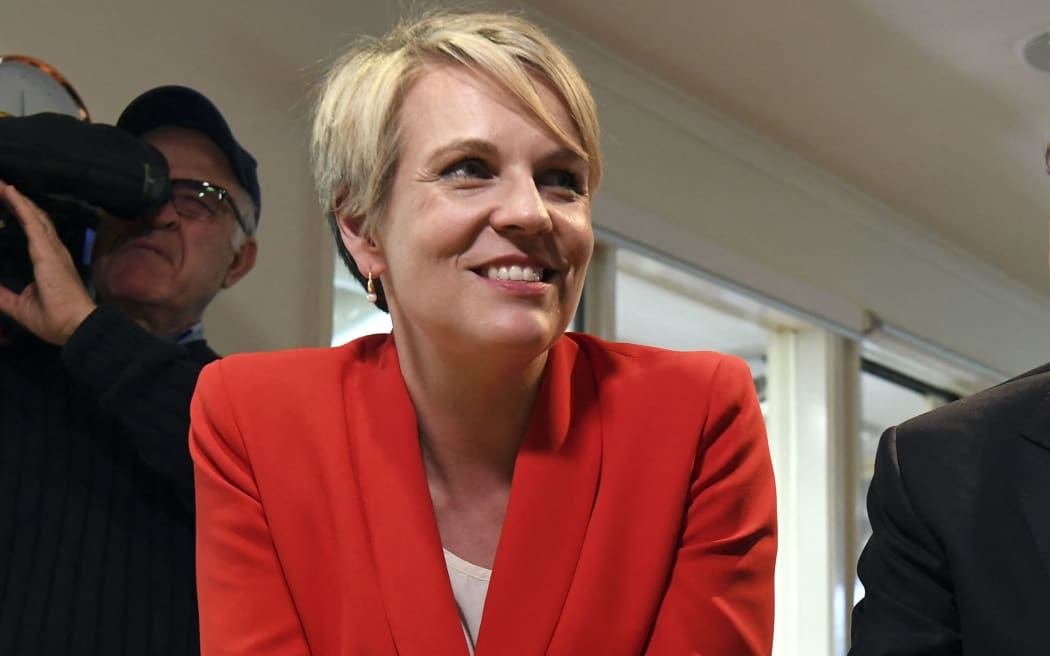
The current laws don't work for business or protect the environment, Environment Minister Tanya Plibersek says. Photo: AFP
Australia will overhaul its environment laws and set up a new nature protection agency which would have powers to make decisions on the approval of development projects, Environment Minister Tanya Plibersek says.
The move by the centre-left Labor government comes more than two years after an independent review found Australia's environment laws were outdated and required fundamental reform. The report was submitted in 2019 to the former conservative government, which did not make any formal recommendations.
The independent Environment Protection Agency (EPA) will be responsible for all project assessments and decisions but the federal environment minister will retain the power to review EPA approvals.
"What exists now isn't working. Our environmental laws are broken. They don't work for business, they don't protect the environment. What we are seeking is a win-win - a win for the environment and a win for business," Plibersek told reporters.
Plibersek said businesses were waiting "too long" for decisions and that the proposed changes will also cut red tape, streamlining the project assessment process.
The EPA will act as "a tough cop on the beat" that can help reverse the deterioration of Australia's environment, Plibersek said.
The reforms will also bolster protections for areas of national environmental significance, and tighten standards for the logging of native forests.
Australia has lost more mammal species than any other continent and has one of the worst rates of species decline among the richest countries due to extreme weather events and human encroachment, a government report released in July found.
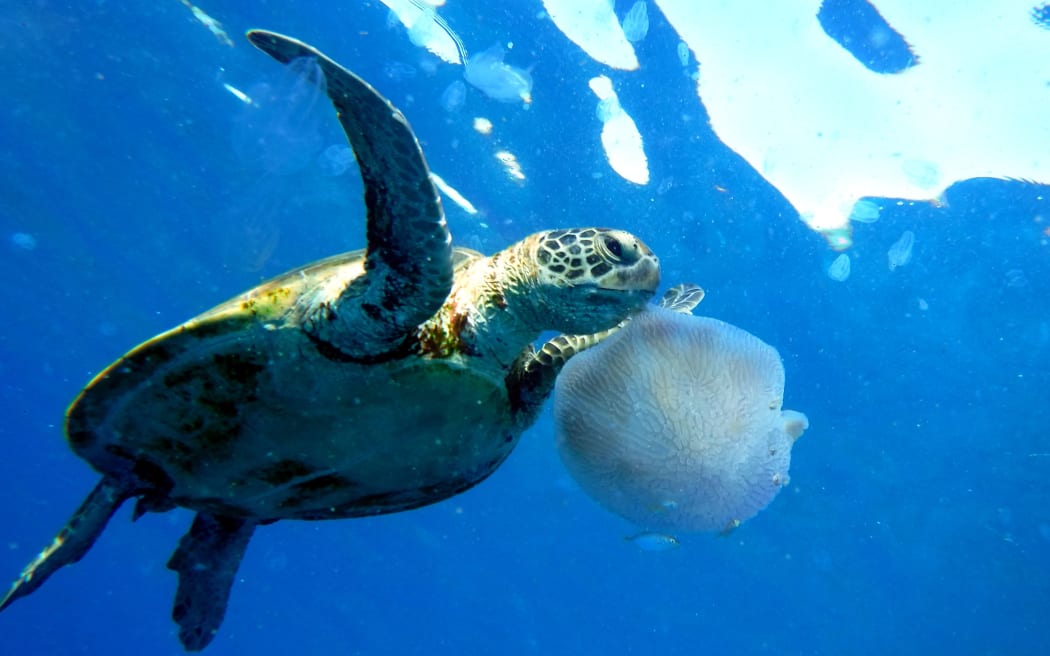
Australia has lost more mammal species than any other continent. Photo: AFP / IUCN / James Hardcastle
The opposition Liberal-National coalition said it supported steps to protect the environment but the government's plans have "unworkable regulations which will strangle businesses across the country".
Environment groups welcomed the government's decision, though WWF-Australia flagged concerns about a lack of urgency.
"On the government's own timetable, the reform package will be introduced into the parliament before the end of 2023, which means it is unlikely to be implemented until 2024," chief conservation officer Rachel Lowry said.
"Our wildlife and wild places cannot afford to wait this long for action."
-Reuters
